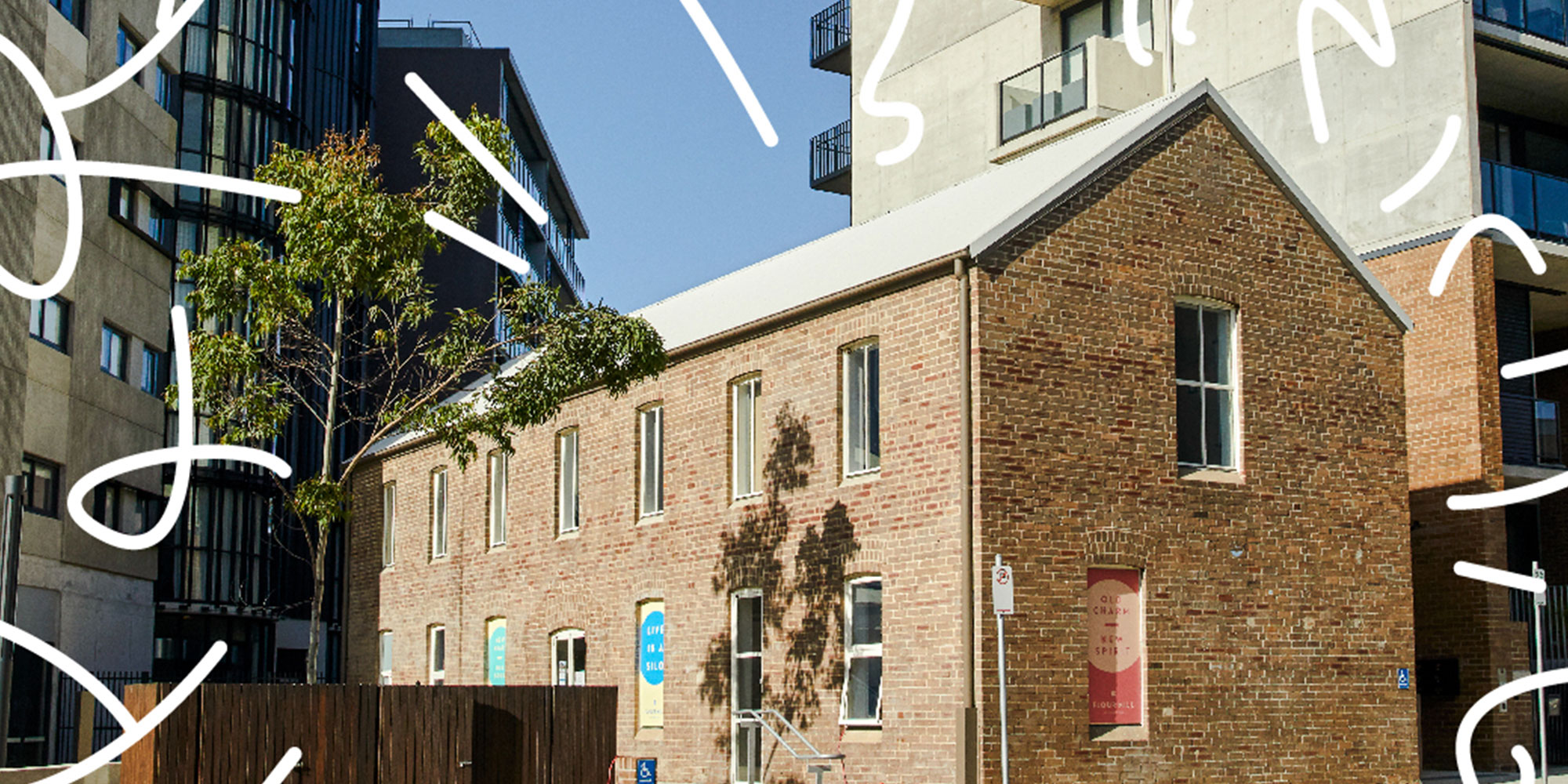
The power of shared community spaces is often underestimated. Yet they play a vital role in helping our societies grow, connect, and thrive. Whether it is a local park, a library, or a community centre, these places do more than simply exist within our suburbs. They provide the foundation for people to come together, participate, and feel a sense of belonging.
This network of places, along with the services and programs that support them, is known as social infrastructure. It includes the physical spaces and the systems behind them that make connection possible. From well-designed facilities to the policies and programming that invite people in, social infrastructure helps shape how we live, interact, and care for one another.
These spaces bring people together across generations, cultures, and economic backgrounds. They create opportunities for people to build trust, share experiences, and support one another, especially during times of challenge.
69% of those who live closest to the Little BIG House, rank a community space in their top three priorities when choosing a place to live. We believe this is thanks to our commitment to making community events more accessible, along with the help of our dedicated volunteers who bring these events to life. This shows just how deeply people crave genuine interaction and connection.
But There Is Still Work To Do
While we play our part, there is still a long way to go. Many suburbs have community spaces, but too often they are underfunded, poorly maintained, or unevenly distributed. To truly support thriving communities, we need to be more intentional in how we plan, design, and care for these shared places.
Here are five ways we can strengthen our community through great places:
Equity of access
Everyone deserves access to quality community spaces. This means addressing physical and social barriers, ensuring they are close to public transport, accessible and doing whatever we can to remove the stigma that may prevent people from participating.
Purposeful design
Spaces should reflect the needs of those who will use them. This includes offering a mix of social areas, quiet zones, private areas, and inclusive features that make everyone feel welcome and supported. An empty room is uninspiring. People should walk in and be struck with an idea on how they could use this space to bring people together.
Active programming
Places come alive when people are engaged. A curated list of programs that are interesting to local people and meets demand. It might be sports, creative workshops, or perhaps its cultural events and business networking that give people reasons to return, connect, and contribute.
Ongoing care and maintenance
When spaces are clean, safe, and welcoming, people feel respected and they take care of them in return. Regular upkeep shows that people matter and that the community is valued.
Community-led planning
The most successful community spaces are created with input from the people who use them. Involving residents ensures that designs reflect real needs and avoid leaving anyone behind. Learn about our Management Committee!
Looking Ahead
Community space is not just about shared buildings or green lawns. It is about connection, inclusion, and belonging. These places support our mental health, nurture relationships, and offer space where people can simply be themselves.
If we want stronger communities, we must invest in the places that bring us together and ensure they reflect the needs of everyone who calls them home.